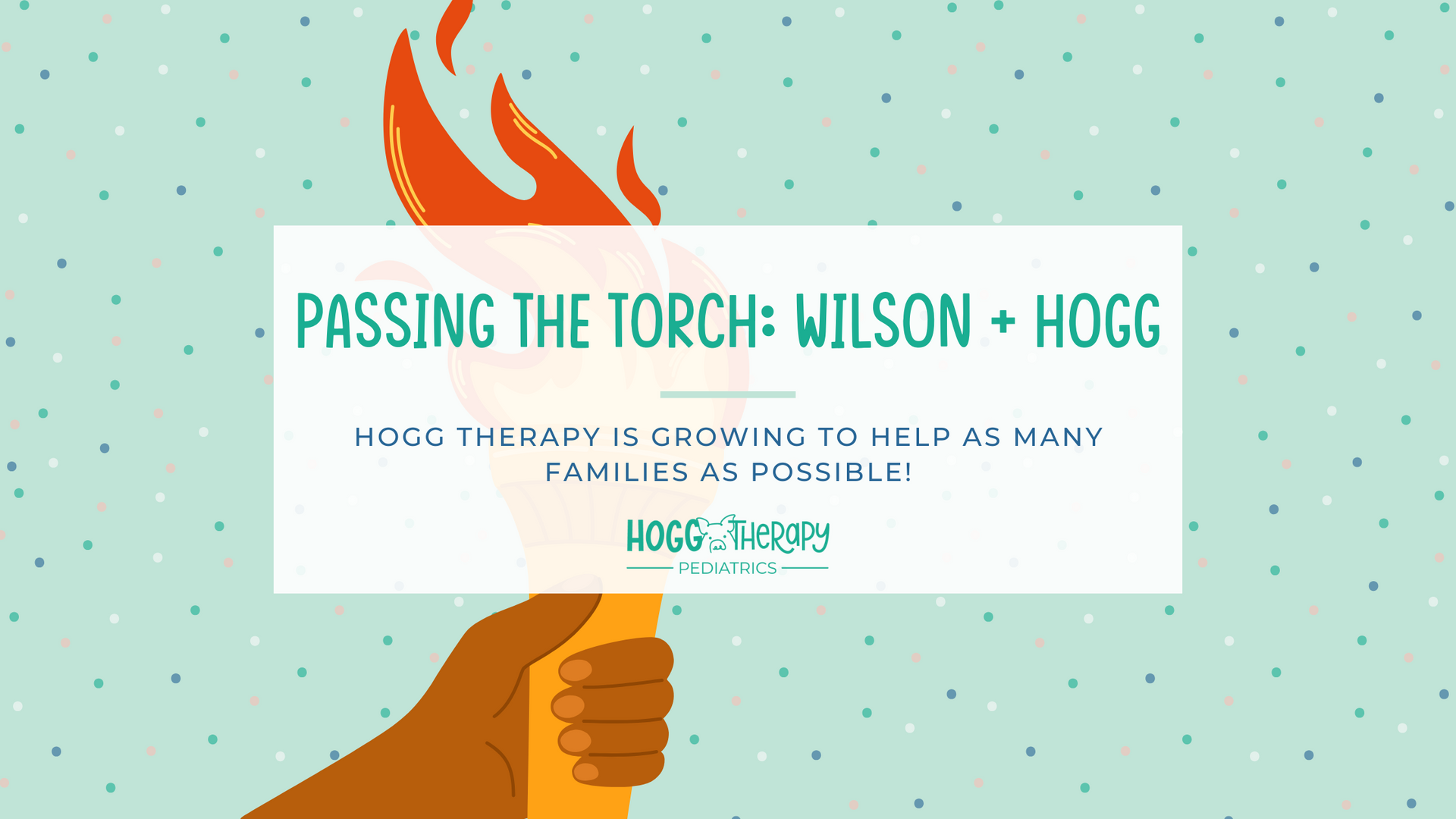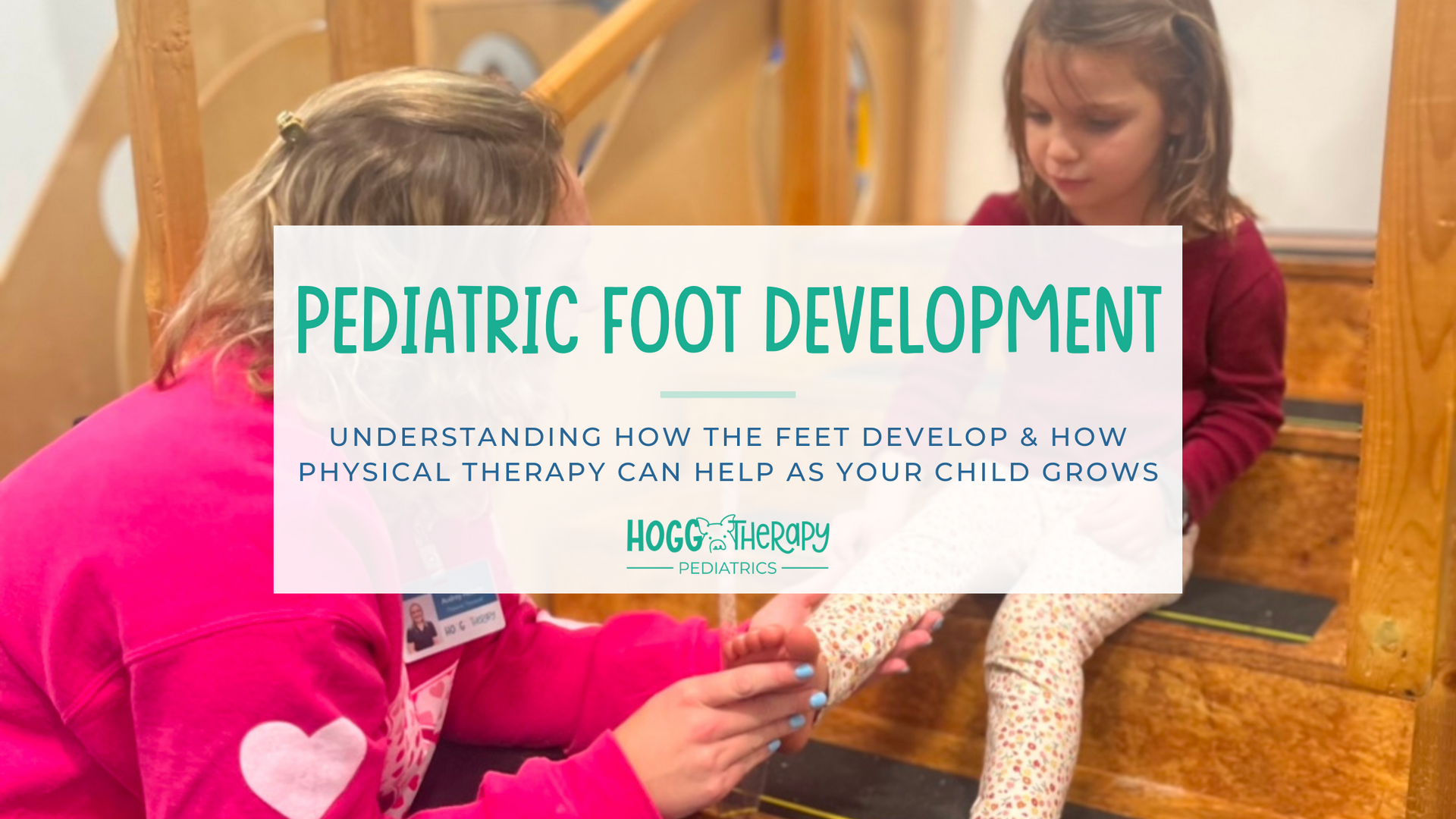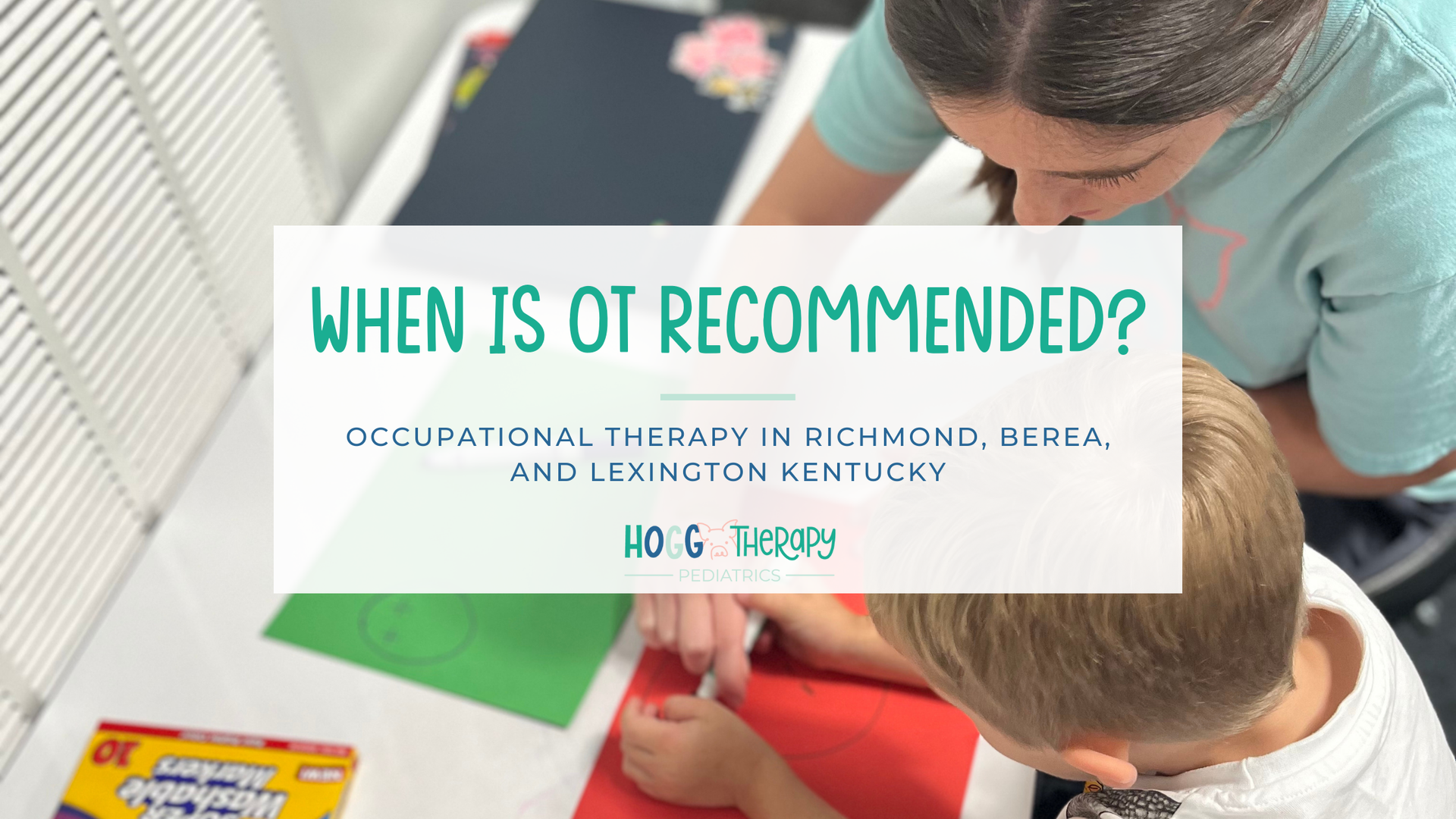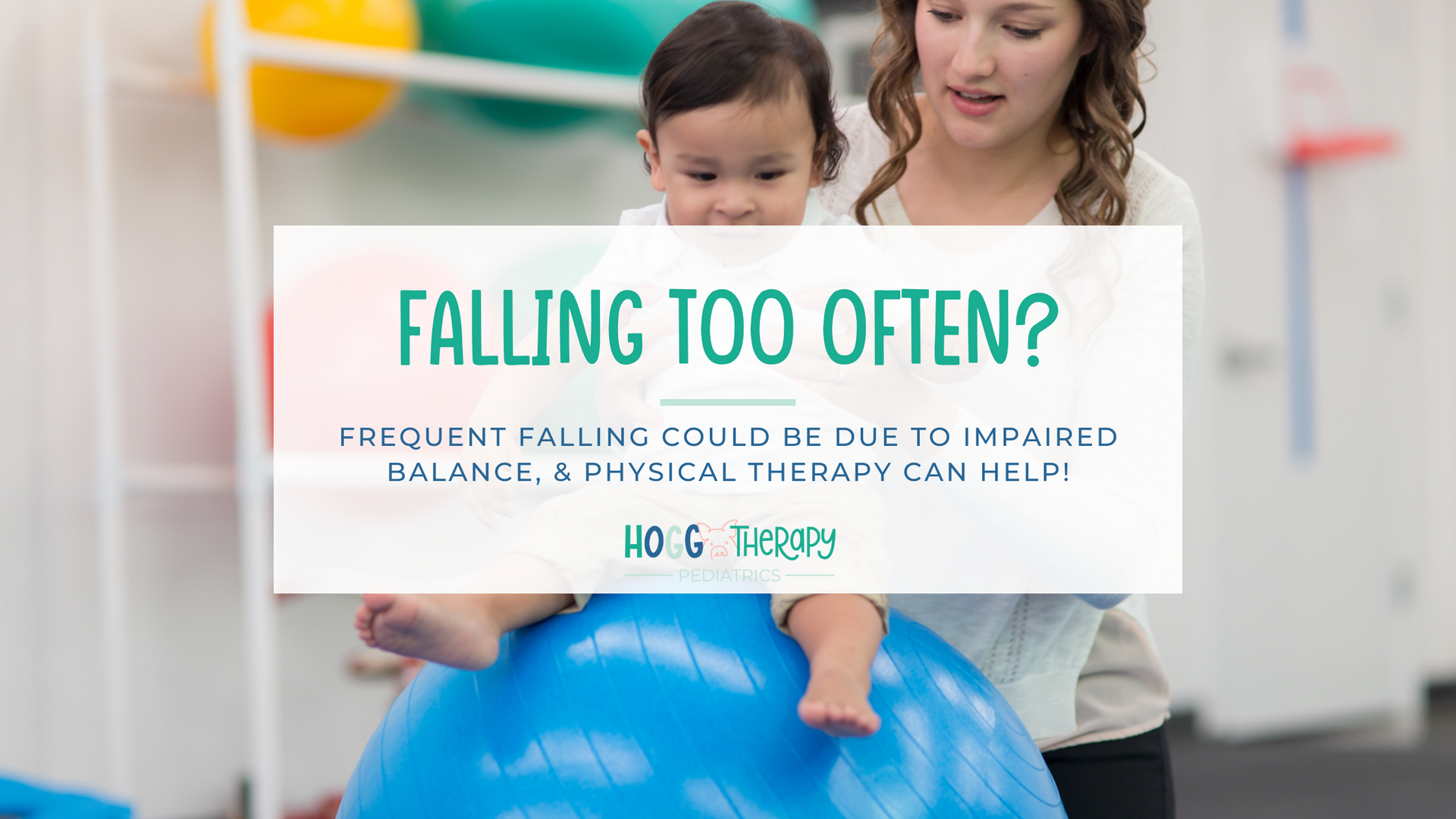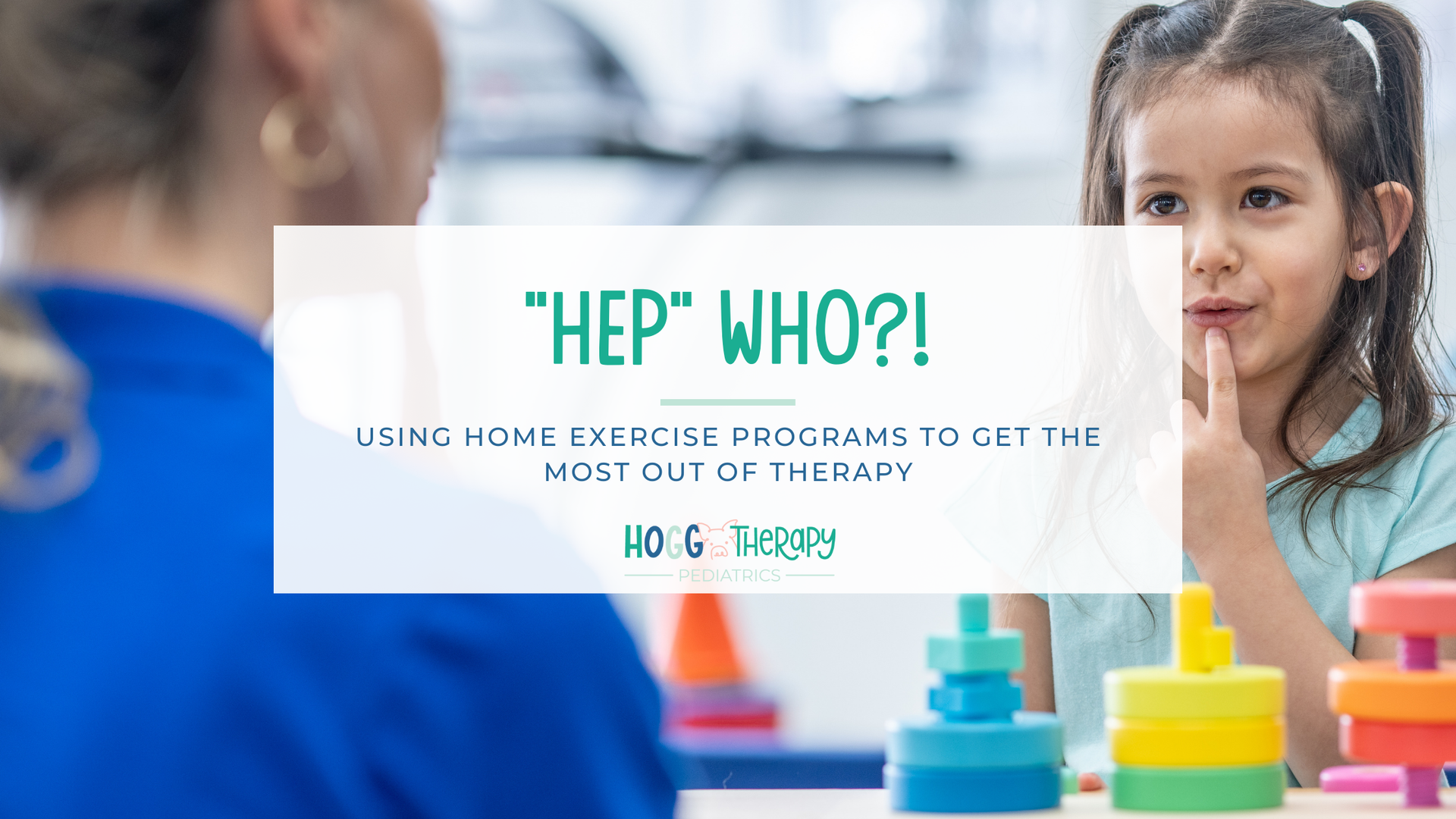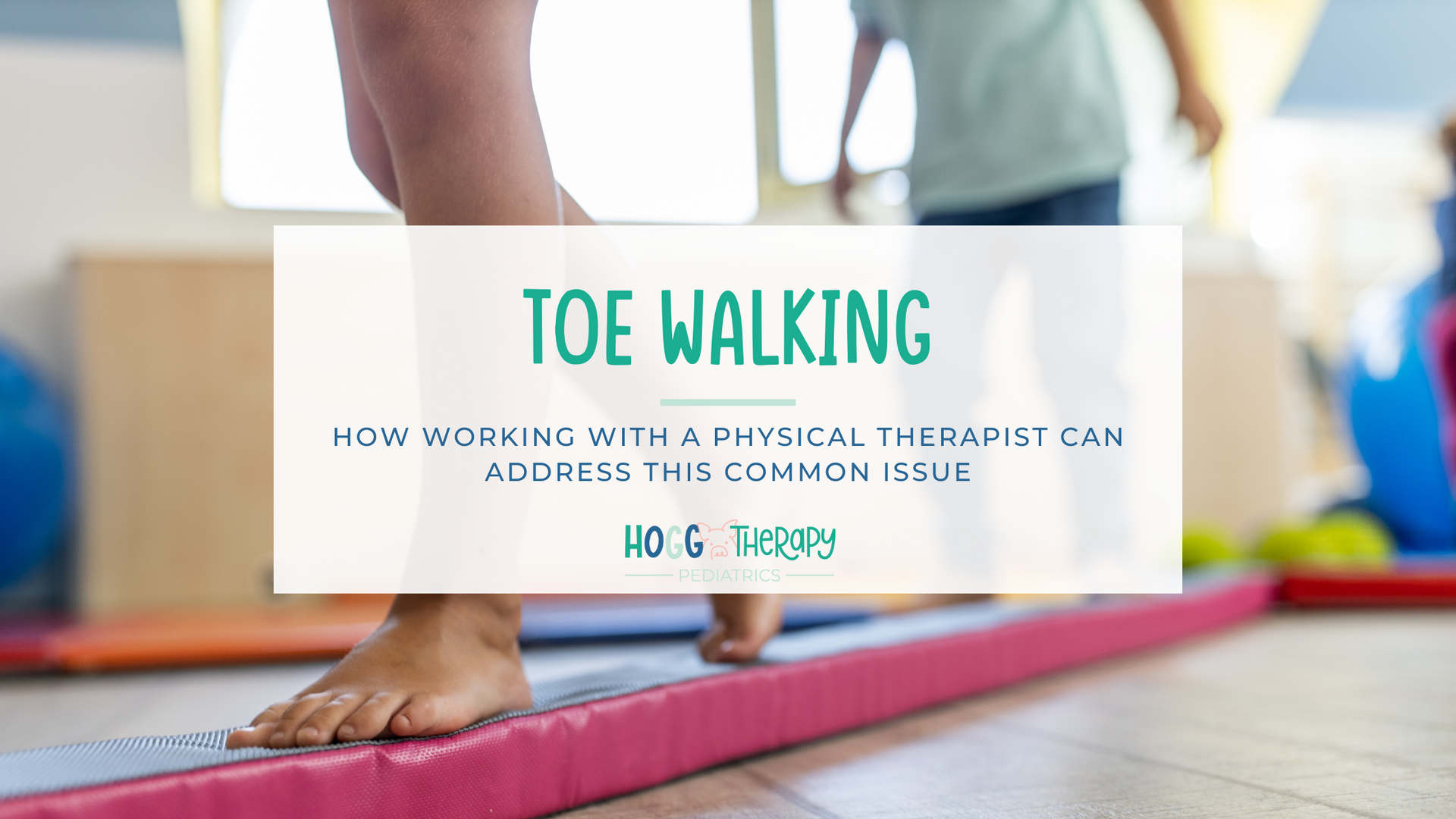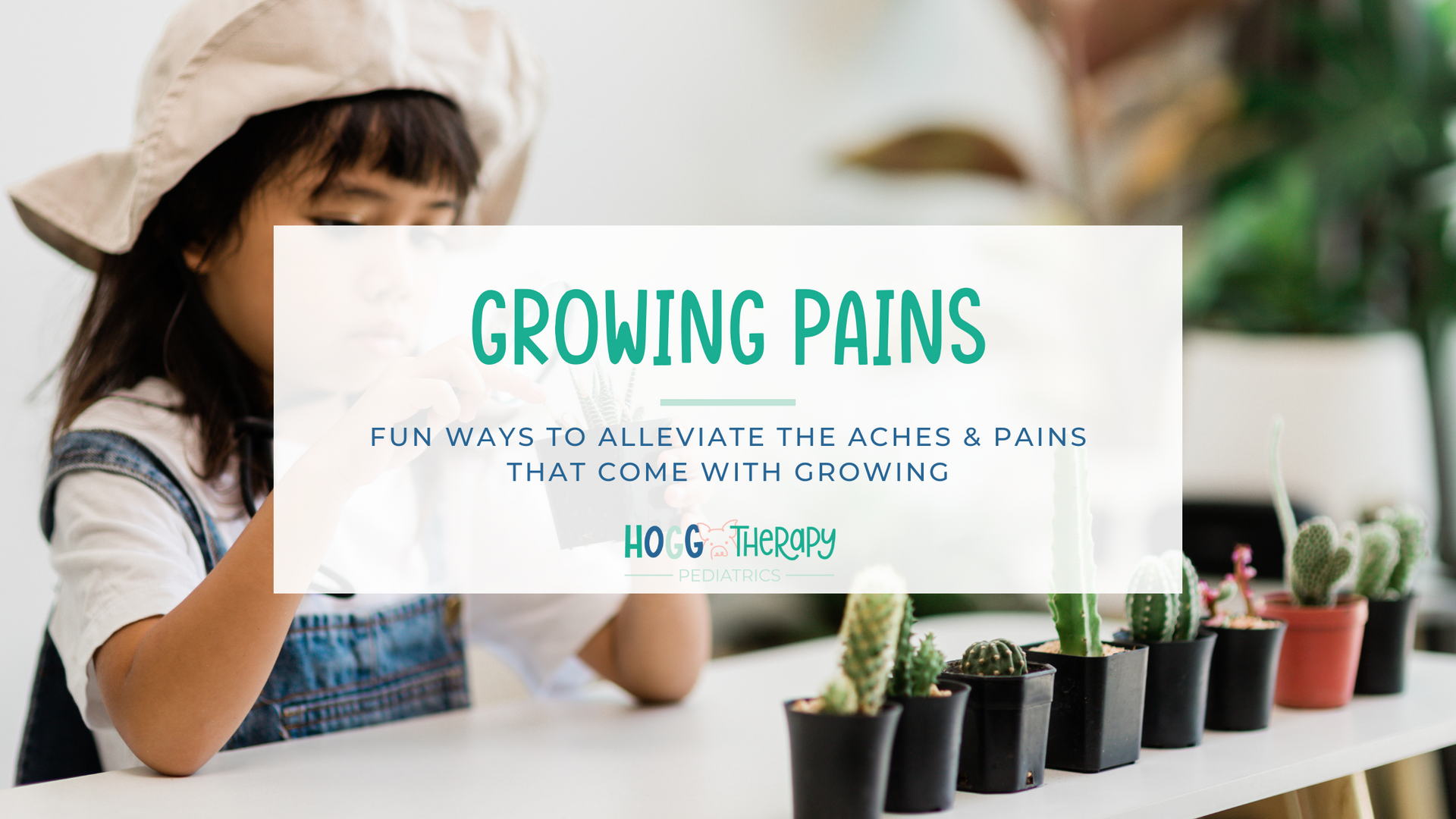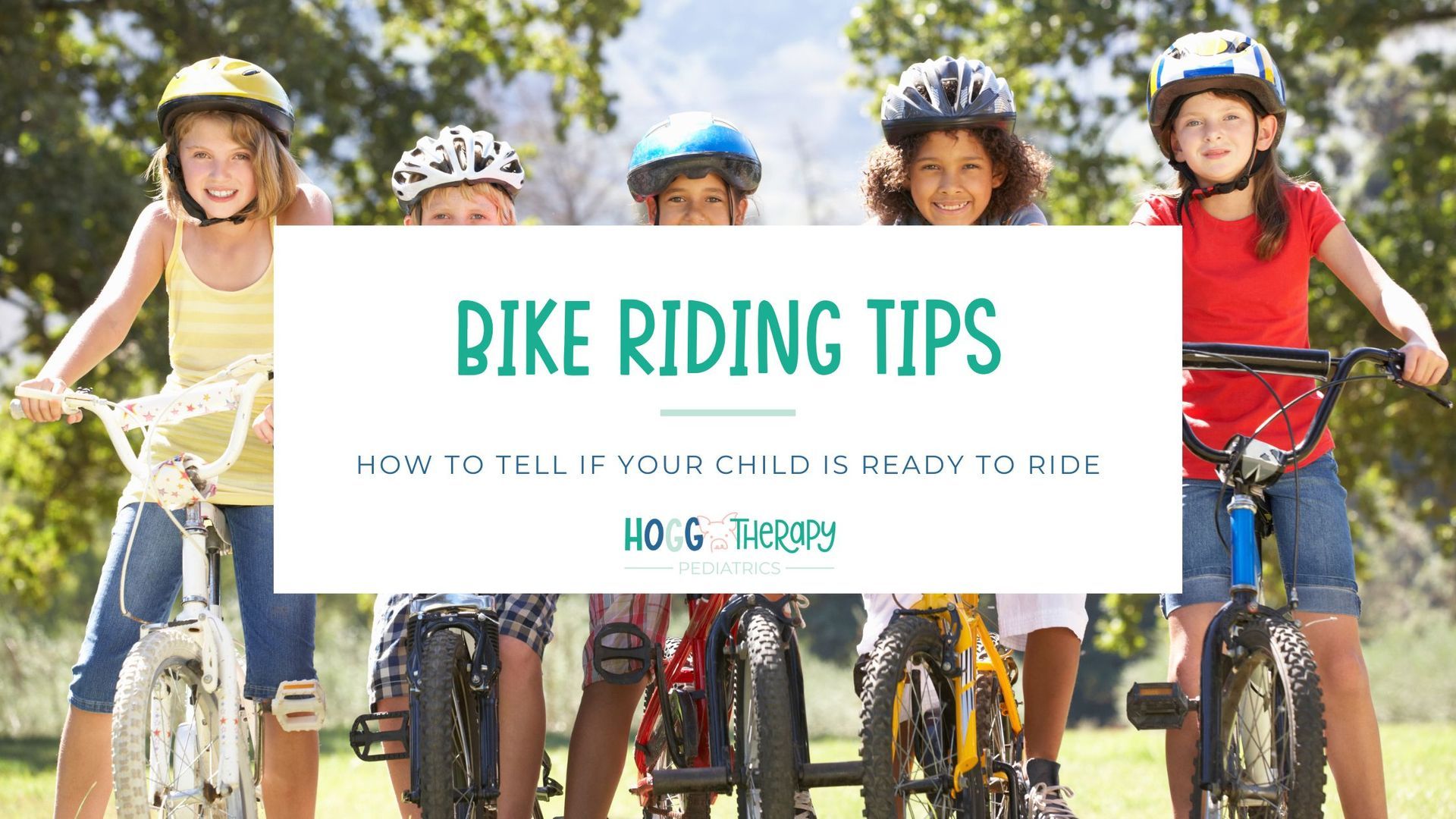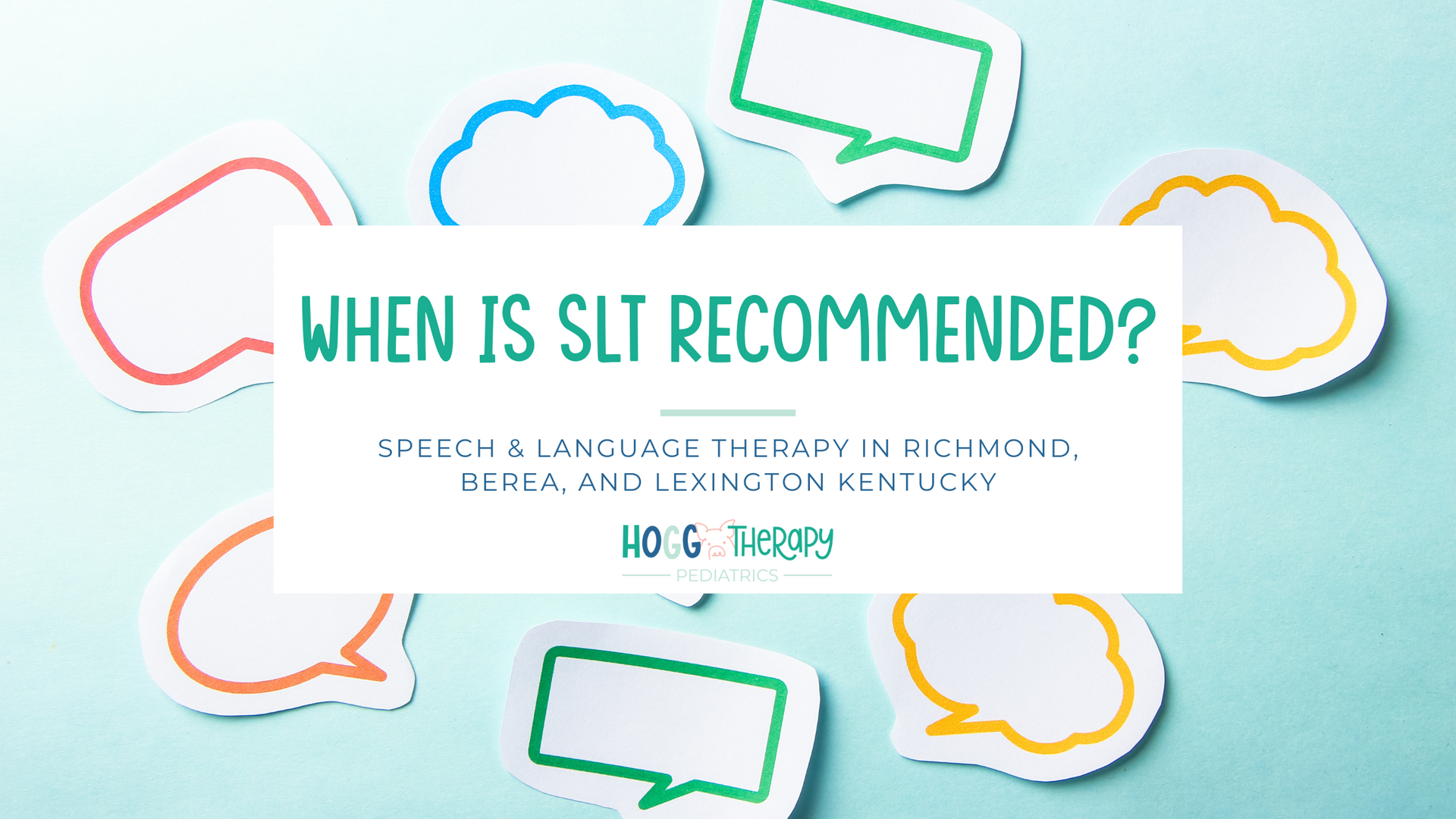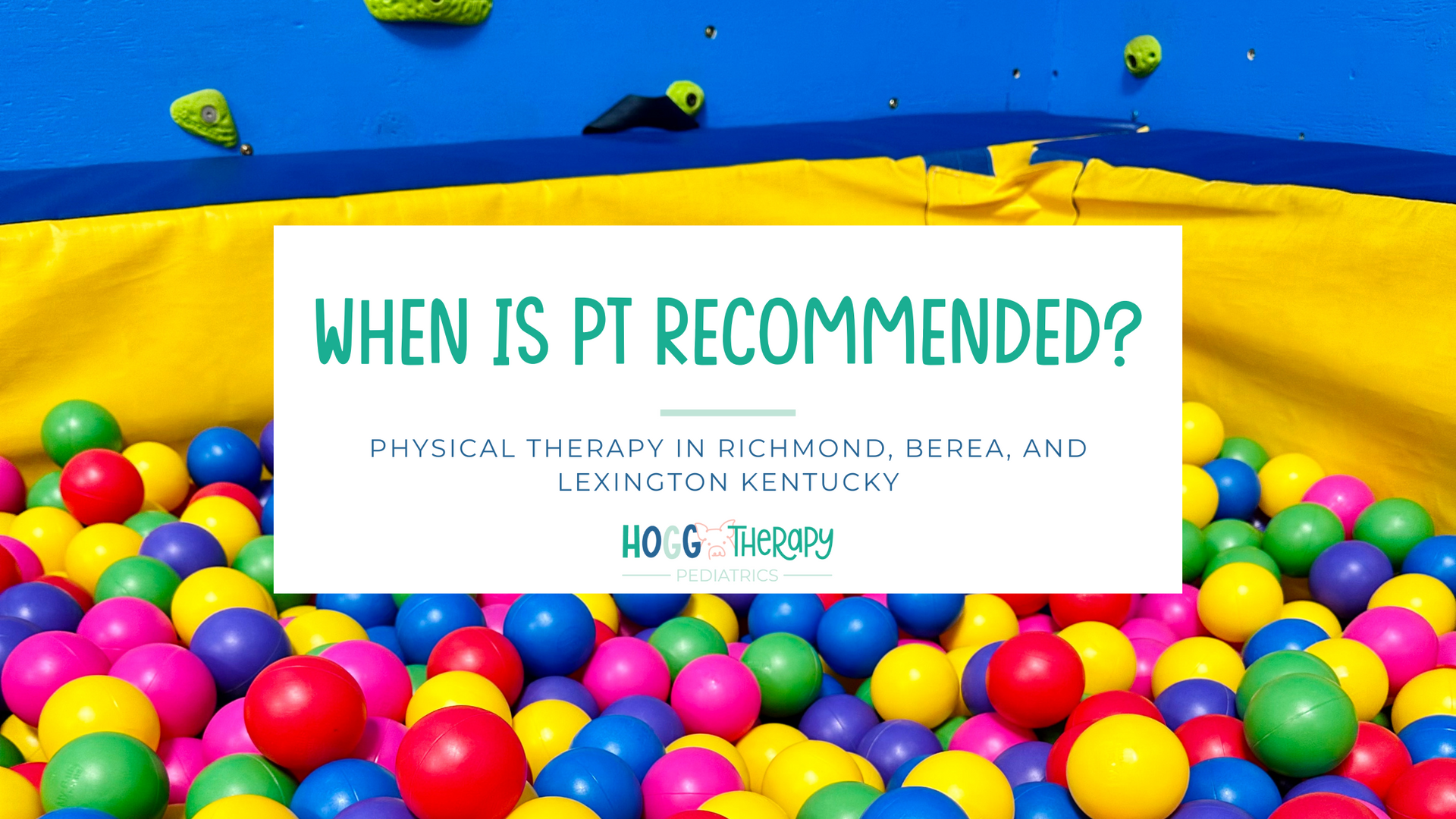Bundles of Joy: How to Play with Your Newborn
Playing with your baby can be fun and engaging for both you and the little one! Check out this post for tips on engaging your newborn with play.
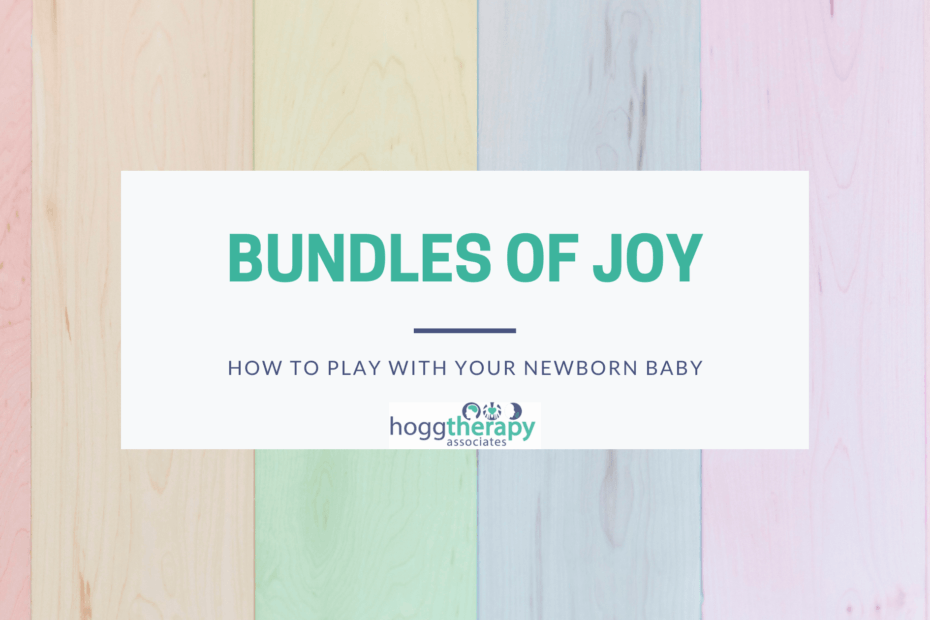
Cierra Cain, OTR/L
You may be looking at your sweet little bundle of joy and wondering...
What CAN I do for my baby?
What am I NOT doing for my baby?
The truth is playing with an infant does not come naturally to most people. Before the baby is able to sit up and hold toys, some people have a hard time thinking of ways to have fun and interact with him/her which often leads to overuse of baby holding devices (which can lead to Container Baby Syndrome). Playing with your baby can be fun and engaging for both you and the little one!
Rub and Clap
This is a fun way to interact as early as the first week of life! During this interactive play, the child receives so much sensory input to the skin and muscles/joints. Tactile input comes from the skin and proprioceptive input from pressure and stretch to the muscles and joints, both while rubbing and clapping the child’s hands and feet.
This type of stimulation sends signals from the left and right sides of the brain which helps develop communication between the two sides of the brain. Play is great for the child to create a “mental map” of their body and the world around them which is the foundation for so many developmental milestones to come.
Tip: Don’t worry if your child is not making eye contact as a newborn because the skill of holding the head still in the center does not typically develop until around 2-3 months of age.
Head Turning Play
The first intentional movement of your baby will likely be turning their head from side to side. You can promote this skill by giving the baby lots of opportunity and incentive to turn their head. Not only does turning the head promote head control and sensory processing skills, it can also help to eliminate minor muscle imbalances from being confined in birth.
Some activities to encourage head turning include but not limited to:
- Hold an object 6 to 12 inches from baby’s head on the side they are looking at and very slowly move the object an inch or two in one direction. Tip: Newborns are just learning to follow moving objects with their eyes (visual tracking), so wait for baby to find the object before moving more.
- Use a rattle or the caregiver’s voice to alert baby on one side and wait for baby to search and find the sound. Switch to the opposite side!
- Move the baby’s arm for them to bring awareness and curiosity to the sensation given to muscles and joints. Gently bend at the elbow and straighten again. Bend and straighten each finger. Watch as they turn their head toward the movement.
Kicking Play
During the first 4 months, using the baby’s leg to “kick” is a good way to promote play. This type of movement is best while lying on the back and unrestricted from “containers” such as swings, bouncy seats, etc. Kicking the legs will help whole body/brain development. Some benefits of this movement include:
- Strengthens belly/leg muscles
- Encourages chin tuck by looking toward feet
- Develops awareness of body positioning
- Promotes sensory awareness of proprioceptive system through pressure and stretch
Some activities might include loosely tying a balloon to the baby's ankle or setting up a pan of water at their feet and watching as they kick and play. Always remember safety first, and provide close supervision for activities.
Black & White Picture Cards
Simple black and white pictures provide high contrast to match perfectly with the baby’s visual abilities. You can incorporate black and white visuals throughout many aspects of their day. Some of these include:
- Tape images next to changing station to look at
- Hang around seat of the car in front of them
- Use pictures as a way to encourage head rotation as noted above
- Tape to back of book to keep baby busy while reading aloud to them
While your baby may not always seem interested in this type of play, consistency and repetition will help promote development.
Water Play
Have you ever thought of trying water play with your newborn? This type of play will promote many different skills and developments including but not limited to attention, sensory exploration, engagement, and movement.
Two ideas to incorporate water play are:
- Kick and splash with a pan of water - perfect for babies who have not yet mastered tummy time and play with belly up.
- Float a toy in a pan of water - perfect for tummy time as your baby works on head control and strengthening.
*Note: Please provide supervision during any water activity as babies can drown in shallow water.
Am I doing the right things?
Many parents wonder if they’re “doing the right things” to support development. While I provide fun ways to interact with and observe your baby, I also encourage you to bring awareness to the assumptions you have about baby milestones and development. Ask yourself the following questions:
- Do you believe that your baby will need help to achieve milestones?
- What do you assume your baby’s developmental trajectory will be if you do very few “enrichment” activities? If you do a lot?
- When you imagine a parent who is “doing enough” to support development, what do you envision them doing? How will you know if you’re “doing enough?”
If you ever have any questions about developmental milestones for your child, please do not hesitate to call our office at 859-353-3666 and ask to speak to one of our professionals. Hogg Therapy also offers a unique developmental milestone checklist tool on our website. You can find the Interactive Screening Tool here.

